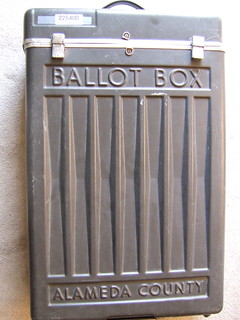The price black students pay…

Right before school started, edublogger Jersey Jazzman, posted a video of a lesson being taught from Success Academy meant to be used for teacher training.
The response from his readers was scathing, as it involved a couple of typical methods of teaching favored by no-excuses charters (but loathed by child-centered educators). The video is no longer public (SURPRISE!) so you can’t see it, but I’m going to talk about something that struck me as I was watching it.
The students participated, but I noticed a lot of them stuttering over their words. The teacher is constantly talking over and interrupting them when they are incorrect. The young white teachers are in a class full of black students. A really excellent example of a “Becky”moment.
I wanted to share a story that it reminded me of when I first saw it, but before that, some background…
My husband is black and grew up in San Francisco in the 1960s and 70s. His parents spoke AAVE/Black English/Ebonics reflecting their Southern background. My husband speaks standard English, and always has, but he once shared a story of another boy in his neighborhood, who struggled with standard English.
He was the son of a cop, which would means he was probably one of the earliest black SFPD officers. Dad was adamant that his son would speak “proper English”. Physical punishment was involved. My husband described how he would flinch as he spoke sometimes, self-conscious, as though waiting for blows to fall.
The students in this video, while not under physical threat, have that same self-conscious look, as though fearing the verbal “slap” (correction) that is sure to come when the inevitable slip is made. While they may not be in danger of a beating, they are in danger of losing many things are important, their sense of self, their culture, their pride.
The price they pay is this, we say, “Sure, you can be a scholar, but only if you give up your “culture”.
Image credit: Sad Boy







Recent Comments